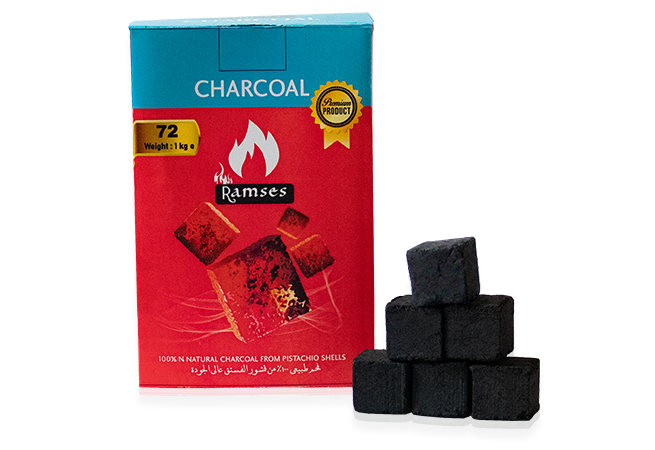Pistachio charcoal
Pistachio Charcoal
Pistachio charcoal briquettes are produced when the shells are partially burned, resulting in a conversion of most of the material into carbon (85-98%). In other words, the pistachio shells are subjected to a process that removes water and gases, leaving behind a solid structure composed primarily of carbon-rich pistachio shell material.
Then, they are pressed with special devices and produced in the form of hexagons. It should be noted that the high-quality and world-famous Iranian pistachio shells are only one of the key components in the production of pistachio charcoal
Features of Pistachio Briquettes:
Pistachio charcoal is an economical option and it's ignites quickly, transforming into glowing embers in a short time. This type of charcoal is characterized by its long burning duration, and most importantly, pistachio carbon is free from smoke, taste, and harmful gases. Unlike other types of charcoal, it does not cause headaches, nausea, or other side effects.
When Ramses pistachio charcoal reaches the point of complete ignition, its heat is evenly distributed from the center. This allows the burning process to occur uniformly throughout the charcoal, eliminating the need to rotate it from one side to the other.
Note:
1- Pistachio charcoal contains no chemical compounds and is completely organic.
2- Never light charcoal in a closed environment.
3- Keep out of reach of children.
4- Never leave burning charcoal unattended.
5- Pistachio charcoal has high resistance to water, to extinguish it, submerge it completely in water until its temperature reaches zero.


